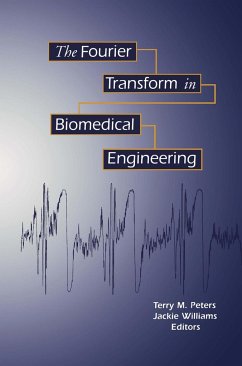
The Fourier Transform in Biomedical Engineering
In 1994, in my role as Technical Program Chair for the 17th Annual International Conference of the IEEE Engineering in Medicine and Biology Society, I solicited proposals for mini-symposia to provide delegates with accessible summaries of important issues in research areas outside their particular specializations. Terry Peters and his colleagues submitted a proposal for a symposium on Fourier Trans forms and Biomedical Engineering whose goal was "to demystify the Fourier transform and describe its practical application in biomedi cal situations". This was to be achieved by presenting the conce...
In 1994, in my role as Technical Program Chair for the 17th Annual International Conference of the IEEE Engineering in Medicine and Biology Society, I solicited proposals for mini-symposia to provide delegates with accessible summaries of important issues in research areas outside their particular specializations. Terry Peters and his colleagues submitted a proposal for a symposium on Fourier Trans forms and Biomedical Engineering whose goal was "to demystify the Fourier transform and describe its practical application in biomedi cal situations". This was to be achieved by presenting the concepts in straightforward, physical terms with examples drawn for the parti cipants work in physiological signal analysis and medical imaging. The mini-symposia proved to be a great success and drew a large and appreciative audience. The only complaint being that the time allocated, 90 minutes, was not adequate to allow the participants to elaborate their ideas adequately. I understand that this feedback helped the authors to develop this book.















